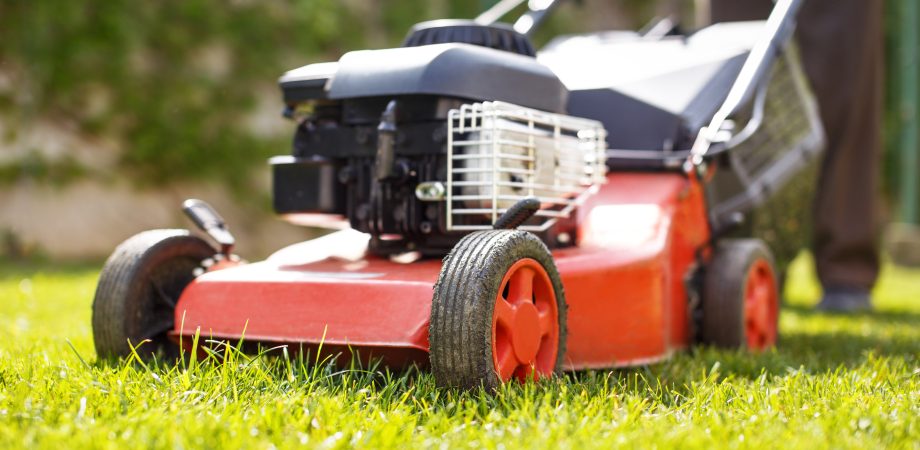How Short Should I Mow My Grass?

When it comes to mowing height, it’s important to avoid cutting your grass too short or too tall.
Mowing Too Low
Like overwatering, mowing your lawn too short may sound like an oxymoron. You may think you’re being a responsible homeowner, but in fact you can damage your lawn by cutting it too short.
By removing part of the plant, you’re removing nutrients when you mow. You’re also removing surface area for the plant to absorb sunlight for photosynthesis. Less photosynthesis means less energy—and the limited energy that goes toward regrowth above ground is energy that doesn’t go toward underground growth. Therefore, grass that is cut too short will have short roots that can’t find moisture on hot, dry days.
Another problem with cutting your grass too short is that it exposes the soil to more sunlight, helping weed seeds germinate and grow. Taller grass can more easily outcompete weeds for resources.
Mowing Too High
On the flipside, there are also issues related to letting your lawn grow too high. Grass that grows too tall can become matted under traffic. Matted grass is impossible to mow evenly because it doesn’t stand up straight. Matting also leads to moisture and limited air circulation, making the grass more susceptible to fungus.
Mowing your grass encourages tiller growth, which occurs near the soil level. Tillers are grass shoots that increase lawn density, so mowing too high will create a tall but sparse lawn.
Another problem with letting your lawn grow too high is that you may not be able to mow it down to the appropriate height in just one mowing. If the grass is too tall, you’ll have to shorten it gradually to avoid removing too much surface area at one time.
Healthy Heights
The appropriate mowing height for your lawn depends on your grass type, as described below. Mowing height also depends on the season and conditions. Typically, it’s best to mow higher during summer heat and drought stress.
- Kentucky bluegrass: 2.5–3.5 in
- Bluegrass/ryegrass: 2.5–3.5 in
- Fescue/bluegrass: 3–3.5 in
- Tall fescue: 3–4 in
To achieve the appropriate height without damaging your grass, follow the one-third rule. Don’t remove more than a third of the grass height in any one mowing, and time your cuttings accordingly to achieve a happy lawn at a healthy height.







